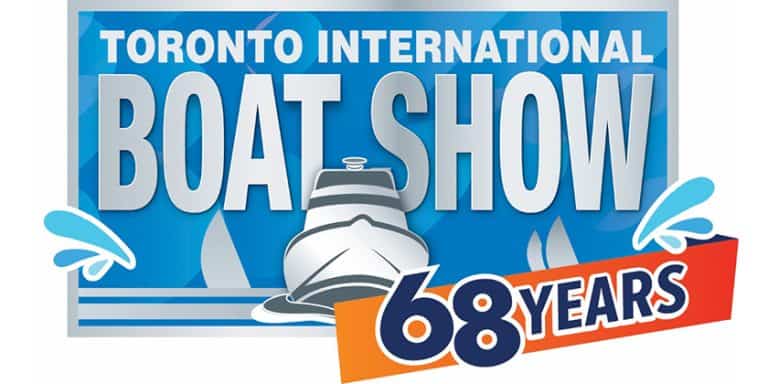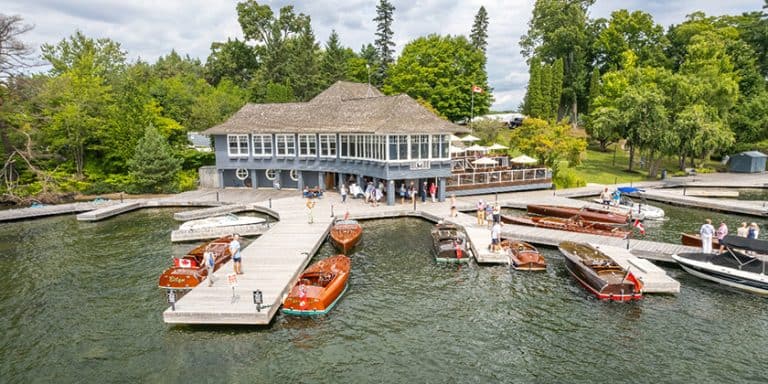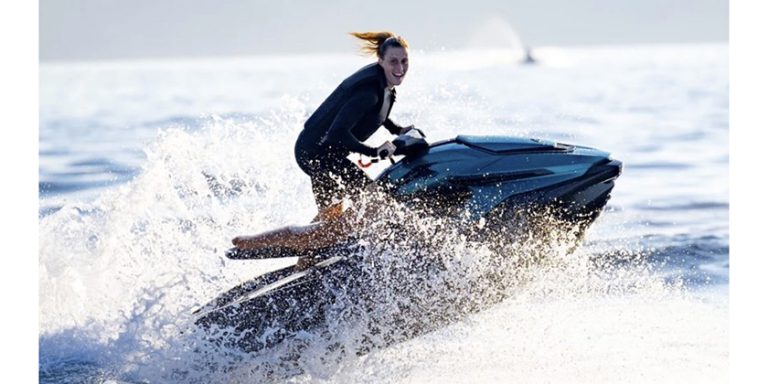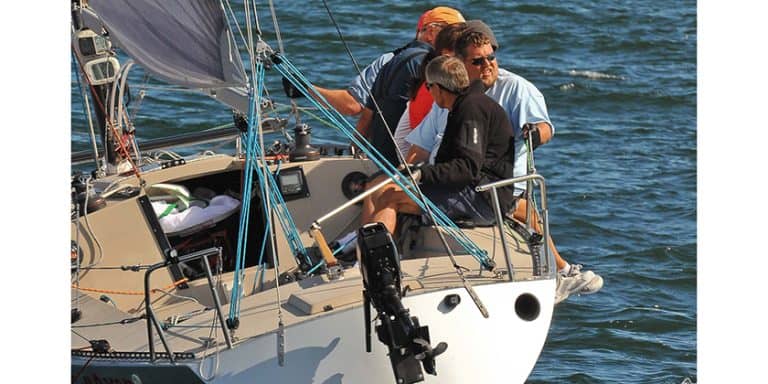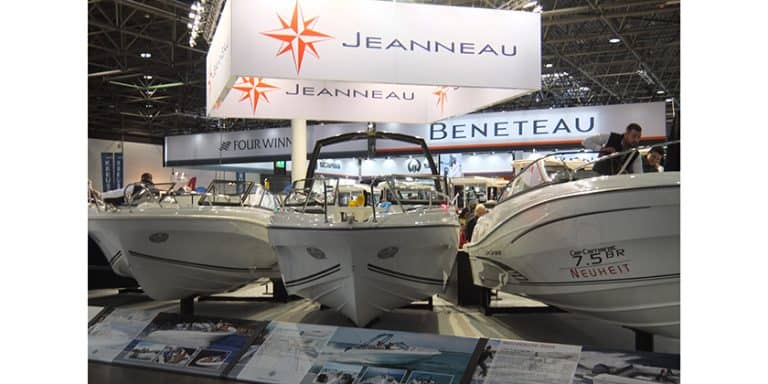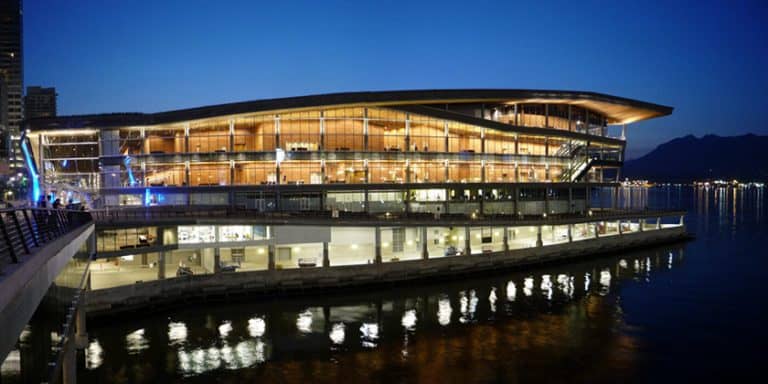Tech: Pros and Cons of Multiple Outboard Motors
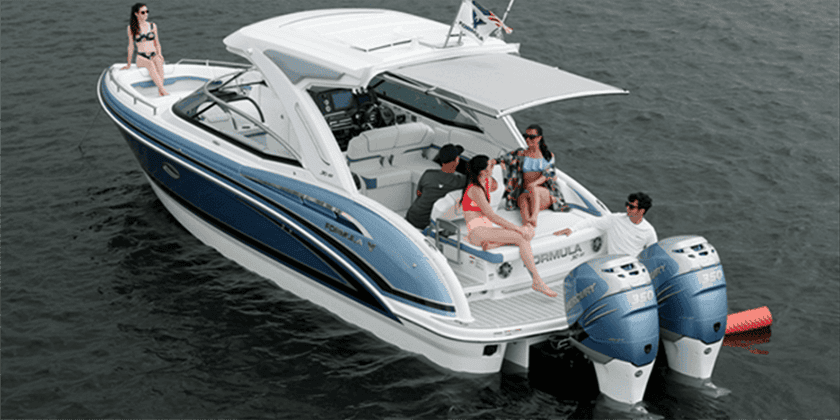
Nov 7, 2024
By Martin Frobisher , BoatTest
Outboard motors are a popular choice due to their versatility and ease of maintenance. When it comes to choosing the right number of outboard motors for a boat, the decision can significantly impact performance, safety, and cost.
Single Outboard Motor
- Cost-Effective:
A single outboard motor is generally less expensive than multiple motors. The initial purchase cost, as well as annual maintenance and repair expenses, are lower. - Simplicity:
Managing a single motor is straightforward. There are fewer controls to handle, and it simplifies the rigging and maintenance routines. - Fuel Efficiency:
Modern single outboard motors are designed to be highly fuel-efficient, and today most above 100-hp have fuel injection, and electronic control systems are available for most. - Weight:
A single motor reduces the overall weight of the boat. A single large engine will usually weigh less than two smaller engines. Compare weights using BoatTEST’s outboard comparison table.
Disadvantages:
- Performance Limitations:
A single motor will limit the boat’s top speed and overall performance, particularly in larger, heavier boats. A single motor may not provide sufficient power for certain activities, such as towing skiers or navigating through rough waters. A boat with a single engine may also labor to get on plane, particularly with a heavy load. And, while higher horsepower engines might seem to be a good solution, remember all that added horsepower is being transferred to one propeller, which is not much bigger than the ones on lower horsepower engines. - Redundancy:
If the single motor fails, the boat is left without propulsion. This poses a significant risk in remote areas or during extended outings – far from towing services. This is not the big disadvantage that it used to for two major reasons: 1)The ubiquitous local towing services such as Sea Tow, and Boat/US; 2) Outboard engine are simply much more reliable than they were 30 years ago. For an owner who boats close to one of these services, the cost of an annual membership is far less than the cost of a second engine. - Maneuverability and Docking:
A single-engine powered boat faces challenges when docking, particularly in strong winds or a cross current. Techniques must be learned to dock safely – but remember, people have been successfully docking with a single engine for over 100 years.
However, a bow thruster can be installed in the aftermarket, or installed new, which makes docking much easier and may be preferable to a twin-engine installation. In any case, it is less expensive than a second engine, with the added savings of (usually) no annual maintenance.
Dual Outboard Motors
Advantages:
- Increased Power:
Two motors can provide greater total horsepower, which enhances speed, acceleration, and the ability to handle heavier loads or rougher conditions, and get on plane faster. Most boats under 25’ long are offered with single outboards, while those above 25’ likely have the two-outboard option. However, with the advent of higher horsepower engines, boats in the high 20’ range can deliver good performance with the right single engine. - Redundancy and Reliability:
With two motors, if one fails, the other can still provide get-home propulsion.
Depending on where you boat and what you like to do, if one engines goes down, and you have to wait a month – or longer – for the local dealer to get around to fixing it, you can still go boating at displacement speeds. - Better Maneuverability:
Dual outboards improve maneuverability and control, especially at low speeds and in tight spaces and cross-currents. - Enhanced Stability:
The distribution of weight between two motors can improve the boat’s balance and stability, making it more comfortable to operate. - Better Fuel Economy:
While it might seem counterintuitive, we have found over and over again in our testing that two engines often burn less fuel at cruising speeds than one higher horsepower engine. The reason for this seems to be that outboard engine propellers are relatively small and it is difficult for them to transform horsepower to thrust for that reason. With two engines turning two props, those engines can lope along, while a single engine must work harder at a higher RPM to attain the same speed. - Joystick-Capable:
With twin engines, a joystick control can be installed by a professional making docking even easier. Typically, this costs from $18k to $20k, depending on the installer and the brand. - Higher Horsepower Options:
Today, outboard engine are available all the way up to 600-hp. Boat owners now have the option of putting on two higher-powered engines, rather than three lower powered options. We would almost always go for this option. - Greater Engine Longevity:
Because you will be running your engines at lower horsepower, there will be less wear on your engines. With proper maintenance, it stands to reason that they should have a longer engine life before you turn them in for re-man.
Disadvantages:
- Increased Cost:
The purchase cost, maintenance, and repair expenses are higher compared to a single motor setup. - Complexity:
Having two engines instead of one means that there are twice as many parts and systems to go wrong – increasing your time waiting for your dealer to get around to fixing your engine – something that usually doesn’t happen fast in the summertime. - Space Consumption:
Two motors take up more space on the transom, which might limit space for other equipment or watersports activities. - Performance Improvement is not Linear:
Doubling your horsepower does not double your speed. In fact, depending on your boat and the engines, your top speed may only increase 5 to 9 mph. So, if you’re getting a twin-engine rig to out gun your dockmates, you will pay dearly for that extra improvement in performance.
Conclusion
Boats up to about 30’ are usually able to perform well with a single engine, if it has enough horsepower and is propped right – consider a four-blade prop. If you are a speed-freak, or you will be carrying a heavy load most of the time, or running out to the canyons every weekend, then consider twins for longevity, better fuel economy and redundancy.
You will pay more for a twin-engine rig both at the time of purchase and with annual maintenance, but she will also be worth more at resale time, and the audience of people interested in your boat may be larger as well.

